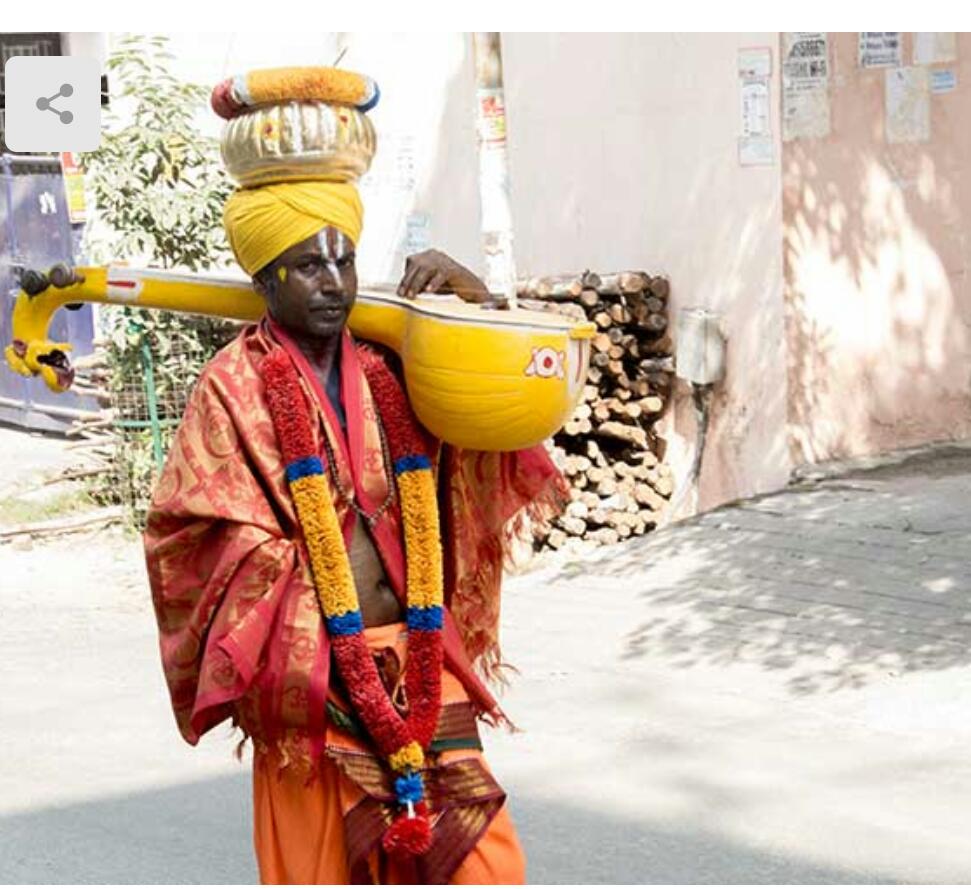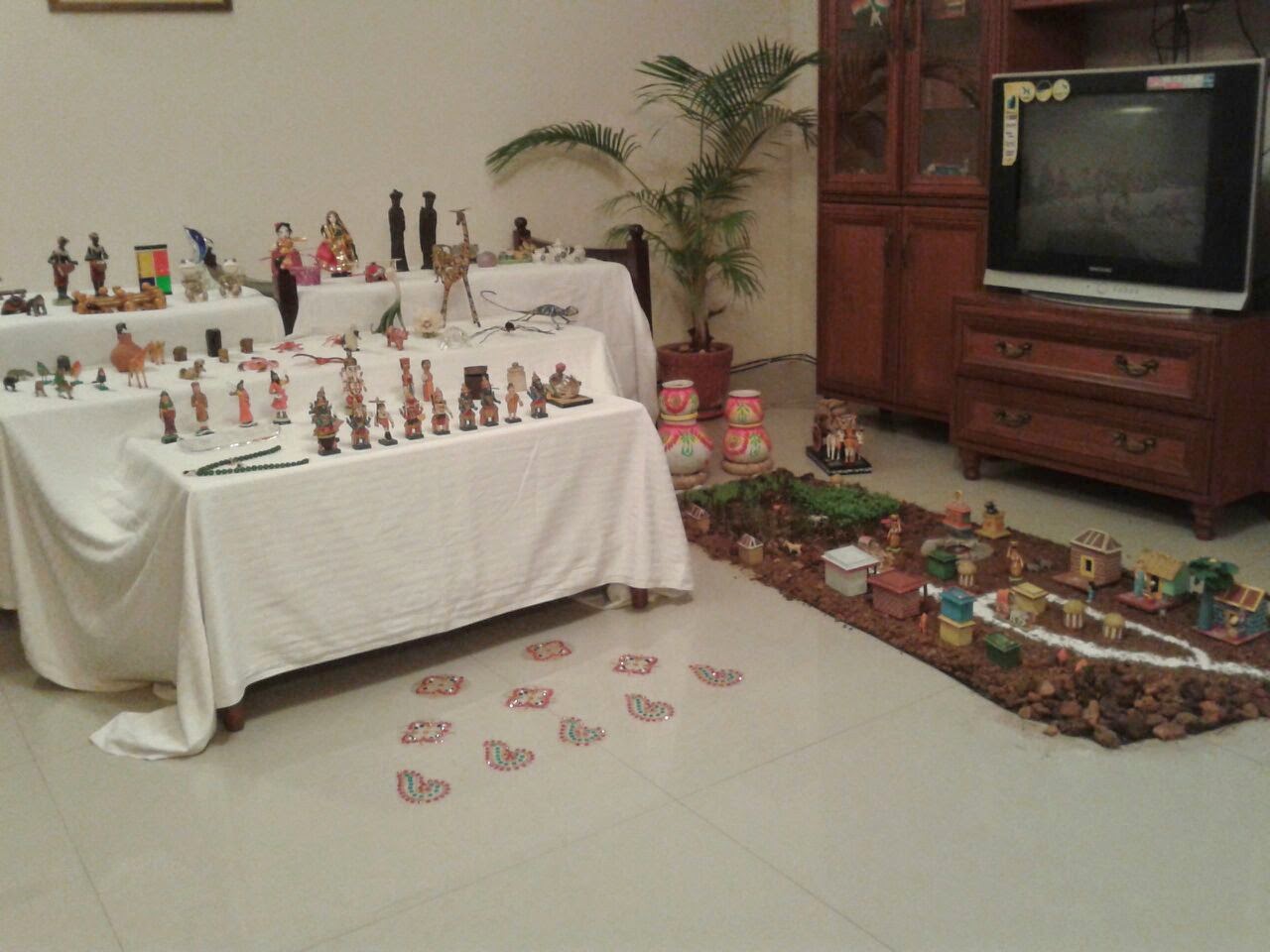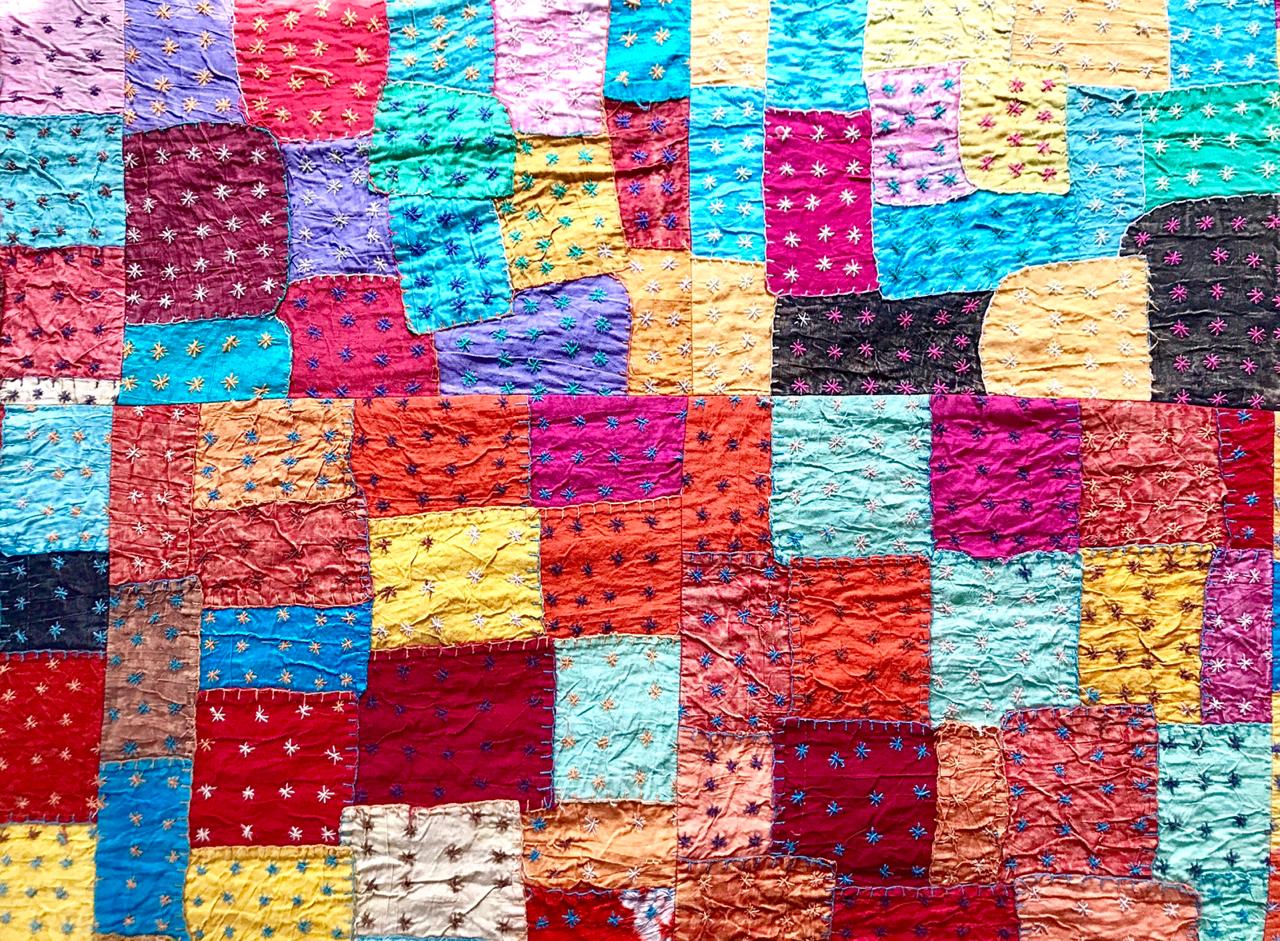Of all the festivals we celebrate every year, my most favourite one and the one I look forward to is Makar Sankranti. It is the time when the harvest and the prosperity that it brings to a farmer’s home is celebrated with pomp and revelry. India being predominantly an agrarian society, harvest festivals are believed to bring wealth and well-being to a farmer’s home.
In the southern state of Andhra Pradesh, Sankranti or Pongal as it is popularly called, is celebrated typically on 13th, 14th and 15th January every year. The festival excitement starts a week ahead with schools closing for term break. When we were children, our vacation plans always involved a visit to Godavarru, my maternal grandparents’ village. My grandfather was an agriculturist which meant the visit was a double treat for us as we would witness the farming activities up close. Sacks of paddy reached home in bullock carts and were stored in a huge warehouse which was in the front yard of the house. Paddy was also weighed and distributed among the farmhands, which was generally the practice in villages. They were always paid in kind for these seasonal activities.
The first sign of the Sankranti season was the advent of a Hari Daasu, believed to be an incarnation of sage Narada, a dedicated disciple of Lord Vishnu in Hindu mythology. A balladeer, he would go from village to village singing songs in praise of God and his greatness. Dressed in a typical traditional attire of a saffron coloured dhoti, a garland around his neck, hair tied in a knot, he would go from house to house carrying a brass pot on his head collecting his share of rice from householders. His voice would be heard a couple of lanes away singing and playing the tambura, (a musical instrument used for pitch) and all of us would eagerly wait at the door for him with excitement. A hari daasu is almost never seen or heard today as their successive generations are opting for more lucrative professions because of changing times.

Another quintessential practice during Pongal is drawing rangolis (creative patterns using rice flour) in front of every house and sometimes adorning them with gobbemmalu (cow-dung balls decorated with marigold flowers). It is believed that rangoli in front of a home wards off evil eye and keeps the householders happy and prosperous. It is a common sight in smaller towns of Andhra Pradesh even today to see girls in front of their home, drawing beautiful designs either leaving them plain white or filling them with colours. In earlier times people procured cow-dung from a local cattle shed every day during the festival to make gobbemmalu. These were replaced by new ones every morning while old ones were flattened against the wall of the cowshed to dry, eventually to be used as cooking fuel. Many of these practices are now obsolete with the changing times.

The most awaited Sankranti activity for me even today is the bommala koluvu, a display of dolls in an artistic manner on makeshift steps. While many South Indians have the koluvu (or Golu in Tamil Nadu) during the Navratri festival, in Andhra it is a usual practice to have it during Pongal. The koluvu traditionally has dolls arranged on each step with a theme from mythology. My mother would start preparations a month before the festival, getting us children to find useful material and tables to put up the steps. This display would sometimes also have additionally a miniature village, with fields grown by sowing grains on sheets of paper two weeks before the festival. We had a whole box of huts, miniature farm animals and people that we used to make the village with. It is also a tradition to buy a new idol or a doll every year to be kept in the centre of the display. Though there are several versions to explain the significance of bommala koluvu, the most important reason for me is the fun and festivities shared with friends and family during these days. On the day of Sankranti, women and children are invited home and they were served snacks and given a small gift. As children we would go around to visit displays in other friends’ houses and at the end of the day would boast in front of everyone that our bommala koluvu was the best.


With two daughters at home, I keep the tradition alive and still celebrate Pongal with the same fervour. Though my koluvu is not as big as what my mother or my grandmother used to have, I still experience the same childish enthusiasm putting up display with the help of my girls. A few dolls from my mother and grandmother also made their way to my collection and I always arrange these on the first step of my koluvu. I keep each doll and each memory back in the box after the festival and stash them away safely, yearning to open them all again for yet another lively experience.
Tradition for me is keeping these memories alive and maybe if I could, pass them on to my daughters.

What a lovely rendition of Makar Sankranti traditions and our beautiful culture. I love this festival because of one more reason, and that is the til sweets we make and we get to eat during this festive time.
Thanks Vaishali. Yes food is an integral part of festivals. For Sankranti my mother used to make Puran Poli.
Nicely presented. My heart sinks, having lost all the Sankranthi goodies and the priceless dolls over time. Honestly, we did not carry forward the rich cultural legacy of my parents. I feel this not only about Sankranthi, but all festivals. That is why my spirits usually remain damp on any festive day, remembering the grand old times.
Thanks. My way of bringing those old times back is to follow them today. That way while I miss those days, I also feel nice to relive them again.
Hi there! Such a good post, thanks!